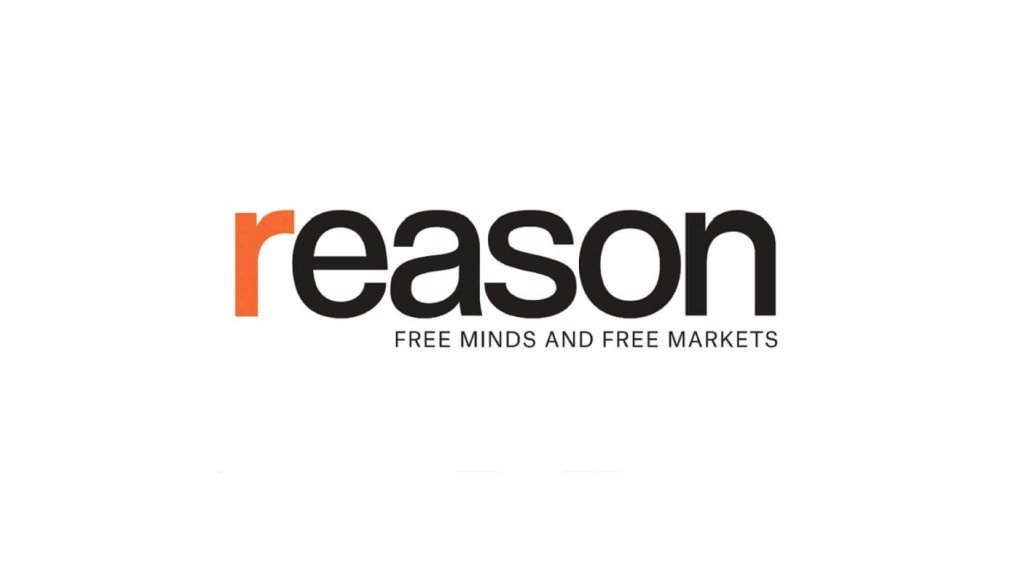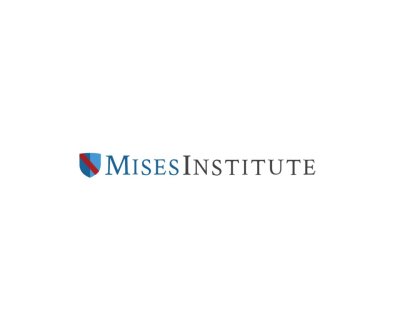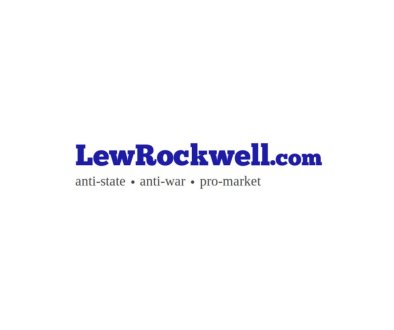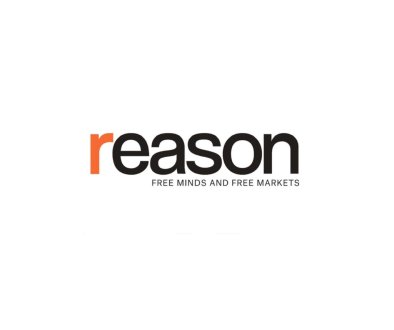5 of the Worst USAID Scandals in History
To build the case for taking down the U.S. Agency for International Development (USAID), the White House has highlighted some of the most egregious-sounding diversity, equity, and inclusion (DEI) programs the U.S. has funded abroad, such as an LGBT empowerment program in Serbia. It has also pointed to USAID’s controversial medical research in Wuhan.
It hasn’t always gotten its facts right, as when it claimed that a $100 million grant to a global medical charity was “condoms for Gaza.” Some conservative commentators have even claimed that USAID staff subscriptions to Politico were proof of a conspiracy to manipulate the media, a theory repeated by President Donald Trump himself.
Pundits often mock the way foreign aid is used as a punching bag; they often note that though such aid makes up less than 1 percent of the overall federal budget, polls consistently show that Americans believe it’s around 25 percent. But maybe the people in those polls aren’t as confused as that makes them sound. A 2019 study by the center-left Brookings Institution made a good case that when Americans talk about wasteful “foreign aid,” they also mean the costs of military adventures abroad, which take up a much bigger part of the budget.
Foreign aid often is connected to wars overseas. The top five recipients of U.S. aid (including both USAID and non-USAID programs) from 1945 through 2023 were Israel, Egypt, the former South Vietnam, Afghanistan, and South Korea.
The largest portion of USAID spending in FY 2023, the most recent year for which complete data are available, was $18 billion in “economic development”—which was almost entirely taken up by a $14.4 billion grant to Ukraine to keep its wartime economy afloat. Humanitarian assistance, meaning deliveries of food and other essentials, took up $9.4 billion, while $7.2 billion was allocated to health care. Another $3.7 billion went to administrative costs.
The most politicized categories—”Democracy, Human Rights, and Governance,” “Education and Social Services,” and “Peace and Security”—made up $3.3 billion in USAID spending that year. These are the types of programs that try to identify “change makers” in other countries, steer U.S.-style political reforms abroad, and export American cultural ideals.
And of course, a program can be relatively small and still be wasteful—and the damage they do can often exceed the price tag. There’s a long history of USAID projects supporting bad actors, fostering anti-American resentment, building an unhealthy dependence on foreign money, and doing more harm than good. Here are some of the most infamous examples:
Funding drug production in Afghanistan ($1.46 billion)
Drugs were the elephant in the room during the failed U.S. war in Afghanistan. Because opium was such a large part of the poor and war-torn country’s economy, the fighting between the Taliban and the U.S.-backed Afghan republic often looked more like a turf war between rival narco gangs, with the U.S. military protecting some opium fields and bombing others.
USAID tried to change this state of affairs, spending $1.46 billion on “alternative development programs” from 2002 to 2017. The goal was to encourage farmers to move away from opium by providing fertilizers, equipment, and other assistance for non-opium farming. But some of that money “inadvertently supported poppy production,” the U.S. Special Inspector General for Afghanistan Reconstruction (SIGAR) reported in 2018.
In other words, Afghan farmers were happy to take USAID’s help while continuing to grow opium. For example, opium cultivation increased by 119 percent in the Kandahar Food Zone between 2013 and 2015, after USAID helped expand the irrigation systems there, according to SIGAR. Overall, the size of the opium fields grew from almost nil in 2001—the Taliban had tried to enforce a drug ban on the eve of the U.S. invasion—to 350,000 hectares (an area slightly bigger than Rhode Island) in 2017.
The failed war on drugs was not the only USAID boondoggle in Afghanistan. In a 2021 review of the war effort, SIGAR noted that USAID spent $335 million on a power plant that was rarely turned on, $175 million on roads that floods washed away within a month, and $7.7 million on an industrial park that had no power. Asked by SIGAR about its poor planning, USAID declared that micromanaging these projects would be “counterproductive” to the goal of “increasing Afghan self-reliance.”
Child sex abuse scandals in Africa ($29.6 million)
A USAID-funded charity in Kenya allegedly covered up rampant sex abuse of children, and USAID funded a second charity in the Central African Republic a month after a major sex abuse scandal broke, Bloomberg reported last year.
The Children of God Relief Institute, which ran an orphanage for Kenyan children affected by AIDS and similar projects, received high praise from the U.S. government. From 2013 onward, USAID gave the institute $29.3 million. In 2018, then–Vice President Mike Pence welcomed its founder, Mary Owens, onstage at a World AIDS Day event.
In 2021, a whistleblower told USAID that the charity was harboring a dark secret. USAID’s inspector general soon determined that Children of God Relief Institute officials “knew or should have known of multiple incidents” of child sex abuse “but failed to take effective remedial measures to address the abuse.” In some cases, the victims were forced to apologize for provoking their own abuse, The Washington Post reports.
USAID cut off the funding in 2023 and handed over the materials to Kenyan police. The charity’s U.S.-based fundraising board also cut ties,
Article from Reason.com

The Reason Magazine website is a go-to destination for libertarians seeking cogent analysis, investigative reporting, and thought-provoking commentary. Championing the principles of individual freedom, limited government, and free markets, the site offers a diverse range of articles, videos, and podcasts that challenge conventional wisdom and advocate for libertarian solutions. Whether you’re interested in politics, culture, or technology, Reason provides a unique lens that prioritizes liberty and rational discourse. It’s an essential resource for those who value critical thinking and nuanced debate in the pursuit of a freer society.




